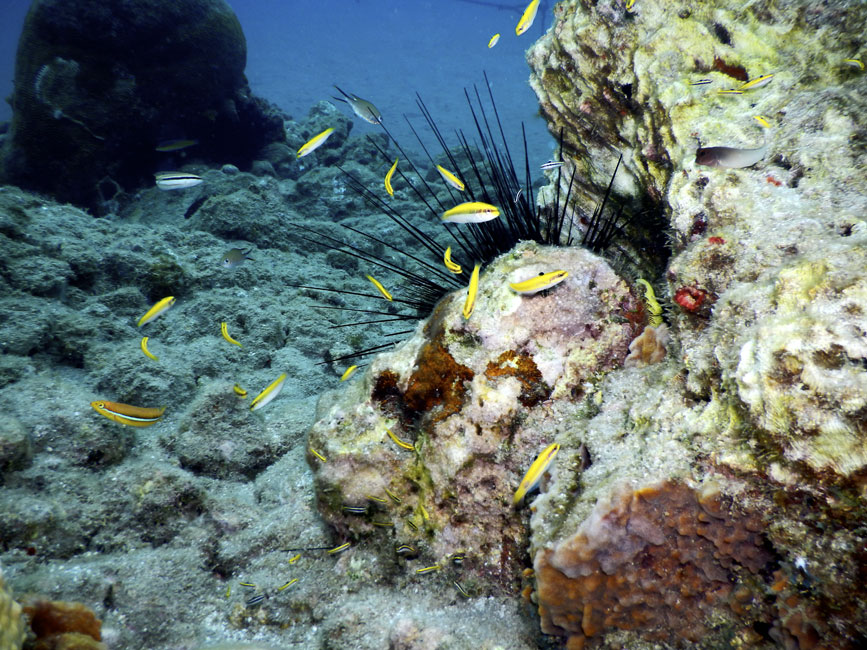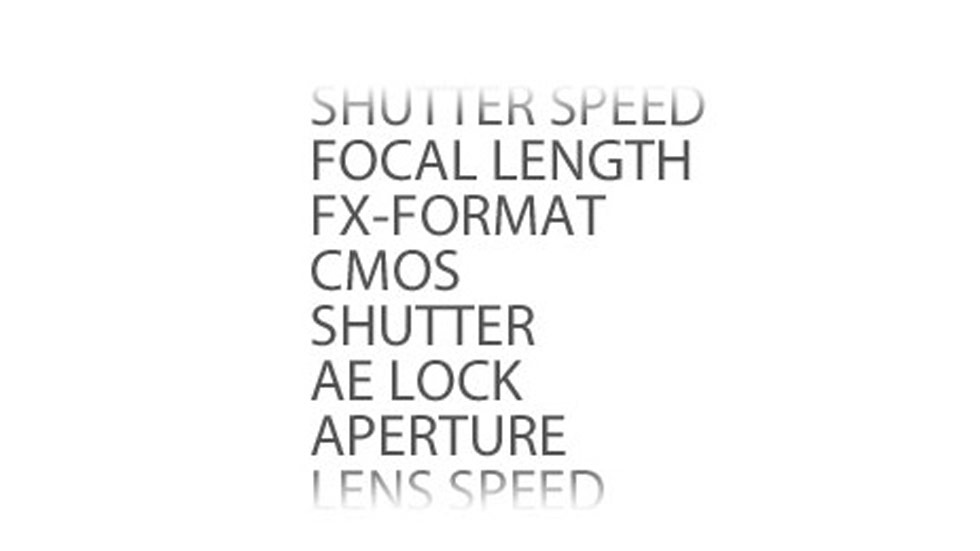Wherever the Adventure…
Lucas Gilman's photography spans the realms of adventure, travel, extreme sports and lifestyle, and includes images of climbing, hiking, skiing, kayaking, diving and everything else we can't think of at the moment. The common denominators are outstanding imaging skills, an abiding curiosity about the world at large and a willingness to go wherever the adventure is.
A recent adventure was a diving trip in St. Lucia, and while Lucas took along several cameras, the main purpose of the journey was to see what a little compact camera, the COOLPIX AW110, could do in the waters of the eastern Caribbean Sea.
But first...
"I test any new camera before I take it on location," Lucas says, "and I was certainly going to check out how the AW110 performed before flying 5,000 miles to a Caribbean island." The shakedown dive took place at the Downtown Aquarium in Denver, Colorado, where the public can swim with the fish. "I set the camera for underwater mode, put on a wetsuit and scuba gear and got used to the menus and the controls."
Although the underwater environment adds some complications to photography, when Lucas got to St. Lucia his basic approach was right out of the Photography 101 playbook. "I always try to put myself in the best possible position to make the best images by applying the familiar guidelines, like shooting at optimal times of day and trying to get as close to my subjects as possible." (You'll note that he wasn't shooting sharks.)
An importance difference is how he approaches his moving subjects. "You don't chase the fish around," Lucas says. "You sort of drift along and let them come to you. Go after them and they're gone in the blink of an eye—and that's a basic challenge with underwater photography." So Lucas drifts in and times his breathing so he's breathing in as he gets close to take his shot. "Breathing out means there'll be bubbles, and that means the fish will be gone."
The AW110 delivered a variety of sharp, colorful images, but ultimately Lucas says that getting the best from any camera in the underwater world isn't completely related to the camera. "It's more about doing something you're not normally used to doing. I always advise people, whether they're snorkeling or scuba diving, to be sure they're comfortable in the environment and to not rush to make shots. They should be relaxing into the situation. I tell them to remember that they're going for well-exposed, well-composed images that happen to be taken in the water.
"The unfamiliar environment adds a bit of a challenge, so the key is to do everything you can to be at ease."
WHEREVER THE ADVENTURE... - Adventure in motion in the clear waters off St. Lucia in the Caribbean Sea. When shooting video, look to capture "that cool-looking three seconds you can edit together with another cool-looking three seconds," Lucas says.
The Video Side
You'd think that underwater video would be smooth video. You can glide along, no sudden movements, no uneven ground to negotiate. And sometimes it can work that way, but not always. "If you're in a spot where's the no current, it's going to be smooth," Lucas says, "but the moment you kick to change direction or rise up or try to stay in the same place, your whole body is going to move and there can be sudden movement in the video."
The answer is long takes edited down to short ones. "My rule of thumb is no cut more than three seconds; three seconds of holding still is about as smooth as you're going to get. What you're looking for is that cool-looking three seconds you can edit together with another cool-looking three seconds, and so on. Watch a film or a TV show, and count off the seconds before there's a cut for a change of camera angle or a reaction shot.
"If you're shooting video and get a total of 30 seconds or a minute of good clips that edit together well, you've done a good job."
Keep in mind also the difference motion and continuity makes.
In a still image, a person diving into the water often won't translate well; it's all splash, bubbles and confusion. In video it's a different story. Lucas calls it the shoe test: "A shot in video of someone splashing through a puddle can be pretty dramatic, but if you took a picture of a person standing in puddle, that's boring."
Lucas cautions against zooming during a take. "I use the camera's zoom lens to choose the focal length for the next shot. The zoom essentially gives me more lenses in the kit for different looks."
Speaking of different looks, don't forget B-Roll footage—the takes that when edited in, provide the alternate views, the reaction shots and anything else that supplements the main shots.
Finally, plan ahead. Video is a series of images, it's a process, so have a shot list or a little storyboard of ideas in mind.














